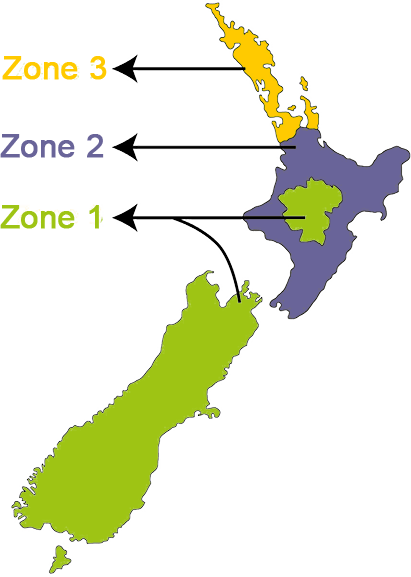
Growing Guide
Full sun/part shade.
5mm
30-45cm
30-45cm
40-60cm2
5cm
Transplant
10-14
90
Sow outdoors in late spring or start seed indoors about eight to 10 weeks before the last frost.
Keep soil moist until the seed germinates.
Mint seed germinates in 10 to 15 days.
Seed-grown plants should reach harvestable size within two months.
You can start sowing mint seed in containers or in prepared garden soil.
Sow seeds 5mm deep.
The seeds are tiny, but you can space them with a seed injector or simply thin the seedlings once germinated.
Expect germination in 10 to 15 days.
Keep in a warm location and soil lightly moist but not soggy.
A cover over the mint tray can speed germination.
Remove it once you see sprouts.
If starting mint seeds outdoors, sow seeds on the surface of prepared soil and cover with a light layer of vermiculite.
Once seedlings have two sets of true leaves, harden them off and plant them into beds or outdoor containers.
Once the little plants are ready to transplant, take containers outdoors and let them acclimate for a week to outdoor conditions before moving them.
Sow seedlings directly into the soil or container once seedlings have two sets of true leaves, harden them off and plant them into beds or outdoor containers.
Once the little plants are ready to transplant, take containers outdoors and let them acclimate for a week to outdoor conditions before moving them.
Plant in a pot that is at least 30cm wide.
Fill with compost/potting mix.
Plant seeds 1mm deep, and seedlings 5mm deep.
Cover with soil, press soil around the base of the plant or top of the seed.
Water in well.
The seeds are tiny, but you can space them with a seed injector or simply thin the seedlings once germinated.
Expect germination in 10 to 15 days.
Keep in a warm location and soil lightly moist but not soggy.
A cover over the mint tray can speed germination.
Remove it once you see sprouts.
If starting mint seeds outdoors, sow seeds on the surface of prepared soil and cover them with a light layer of vermiculite.
Once seedlings have two sets of true leaves, harden them off and plant them into beds or outdoor containers.
Once the little plants are ready to transplant, take containers outdoors and let them acclimate for a week to outdoor conditions before moving them.
You can harvest the mint once the plant has multiple stems.
Harvest by taking leaves below the top 2.
Do not harvest more than 1/3 of the plant.
If you do not harvest your mint regularly, it will benefit greatly from a shearing mid-season.
At some point, you will probably notice the stems getting longer and the leaves getting shorter.
That is the time to cut the plants back by one-third to one-half.
This will encourage them to send out fresh new foliage again, with good sized leaves.
You can do small patches at a time, if you have a lot of mint, and prolong the harvest season.
Remember, all cuttings can be dried, frozen, or used later.
Wait until the mint flowerhead has dried then snip off and place in a plastic bag.
If you leave the flowerhead on the plant too long it may release the seeds on the ground.
This may be a problem if you prefer to keep your mint in pots.

Zone 1 - Cool
January , February , March , April , May , June , July , August , September , October , November , December
Zone 2 - Temperate
January , February , March , April , May , June , July , August , September , October , November , December
Zone 3 - Subtropical
January , February , March , April , May , June , July , August , September , October , November , December
Problems